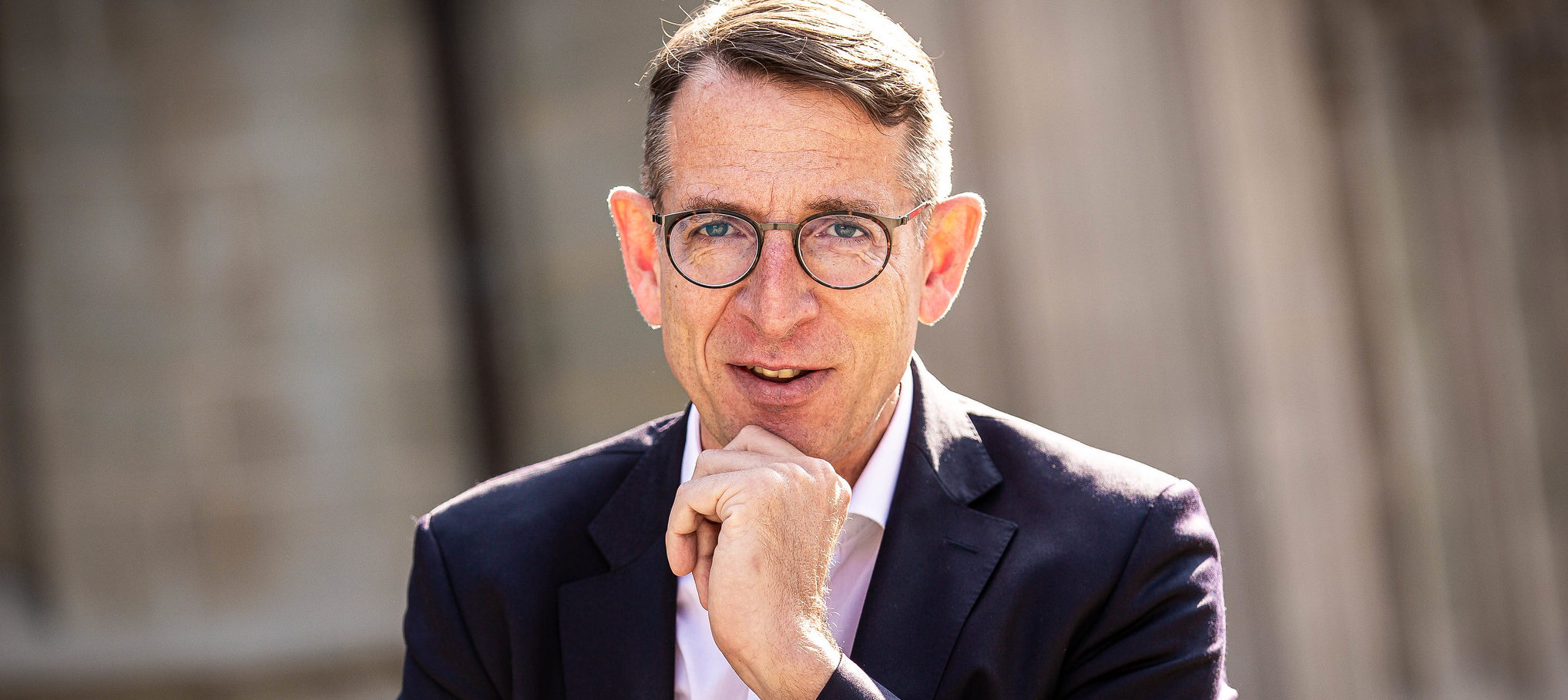Architecting Peace: How Global Cooperation Can Transform Our World
In a world marked by persistent conflict and fragmentation, the Horasis Global Meeting, gathering leaders under the theme “Harnessing the Power of Cooperation”, is poised to tackle the most pressing question of our time: How can we respond effectively to ongoing conflicts while fostering long-term peace? A pivotal partnership announced for the upcoming meeting in São Paulo, Brazil, between Horasis and the Peace on Earth by 2030 Moonshot initiative, which I am spearheading, offers a compelling answer. This collaboration isn’t just about discussing peace; it’s about architecting the pathways to achieve it by creating the fundamental system conditions necessary for planetary transformation.
The Peace on Earth by 2030 Moonshot, building on the legacy of our successful 1986 First Earth Run which saw wars stop as a torch of peace traveled the globe, is an ambitious plan to make global peace a lived reality by the end of this decade. Its strength lies in a comprehensive approach that posits peace requires fundamental shifts in human consciousness, community structures, and global dynamics. Unlike initiatives that address specific issues downstream, this moonshot focuses on transforming the upstream conditions that enable or hinder all positive change. It aims to upgrade the operating system of humanity and its communities, making all subsequent efforts, whether in poverty reduction, healthcare, education, or environmental sustainability, more effective and sustainable.
The initiative operates through several interconnected mechanisms:
Firstly, Shifting Hearts and Minds through Individual Transformation. The core belief is that lasting peace necessitates a fundamental shift in human consciousness. This isn’t about adopting a single ideology but cultivating essential peace practices within individuals. The Peace Game, with its seven core practices—empowerment, oneness, unity, cooperation, abundance, love, and faith—serves as a primary tool for this inner transformation. By helping individuals overcome internal barriers like fear, prejudice, and indifference, it nurtures states of inner peace. Crucially, this inner transformation must translate into concrete outer actions, encouraging participants to become agents of change by bridging divides and furthering cooperation for the common good. Individuals who cultivate these practices are inherently more collaborative and better equipped to handle challenges constructively within any initiative they join.
Secondly, Building Blocks of a Peaceful World through Peace Zones. Recognizing that individual change needs supportive environments, the plan emphasizes building structures that reinforce and amplify individual efforts, shifting societal norms. Peace Zones are communities actively embodying the seven peace practices, serving as replicable models demonstrating cross sectoral cooperation for the common good. The ambitious goal is to establish Peace Zones in each of the planet’s 10,000 cities by 2030. This scaling is supported by comprehensive training, resources, seed grants, and networking to share best practices and leverage collective intelligence. Operating within a Peace Zone means projects benefit from a local environment naturally predisposed to cooperation and collective action, reducing risks and costs associated with community conflict or lack of buy-in.
Thirdly, Igniting a Global Movement through Shared Vision and Collective Action. Achieving global peace requires more than localized efforts; it demands a critical mass united by a shared vision. The initiative uses powerful symbols like the Torch of Peace and strategic communication, including films, podcasts, and interactive tools, to shift narratives, inspire hope, and mobilize action. By engaging 40 million people (0.5% of the global population) in the Peace Game and in holding the intention for peace by 2030, the plan aims to activate a tipping point where global consciousness accepts Peace on Earth as a new reality. This fosters a global atmosphere more optimistic about solving challenges and more inclined towards collaboration, benefiting large-scale global initiatives that rely on cooperation and public support.
Underpinning these mechanisms is the core theory of Activating Tipping Points. By strategically combining individual, community, and global efforts, the plan believes a critical mass can be reached where peace becomes inevitable. As peace practices diffuse and become embedded in the social fabric, they challenge and replace norms perpetuating conflict. Reaching the goals of 40 million engaged individuals and 10,000 Peace Zones represents tipping points for global consciousness and societal norms. Achieving these tipping points can fundamentally change humanity’s operating system, altering the baseline condition so that cooperation becomes the default, and downstream change initiatives face significantly reduced friction, costs, and risks, increasing their probability of success.
The Horasis Global Meeting, with its focus on harnessing cooperation, provides the perfect platform to champion this vision. The meeting brings together global stakeholders in São Paulo, a nexus where North meets South and tradition meets innovation. This synergy allows for the joint planning and engagement needed to architect pathways to a sustainable peace which is more than the absence of war, but a thriving, dynamic state of individual and community being.
In conclusion, the partnership between Horasis and the Peace on Earth by 2030 Moonshot represents a bold, comprehensive vision. By focusing on the upstream transformation of individuals, communities, and global consciousness, it seeks to create the fundamental system conditions that make all other positive change initiatives more effective, efficient, and sustainable. It is a call to action rooted in the belief that we collectively possess everything needed to create Peace on Earth by 2030.
Further Information



